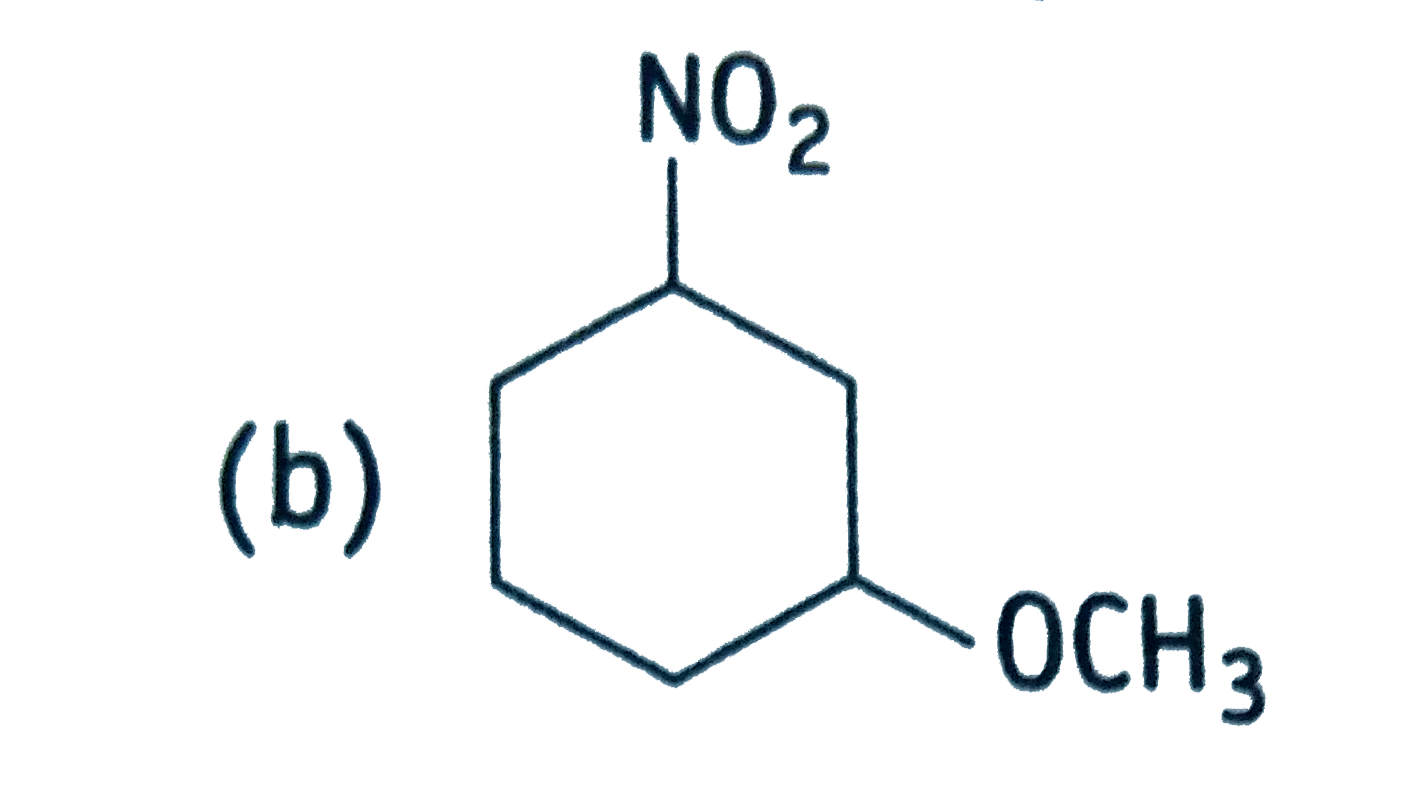Write the IUPAC names of the compounds i-iv from their given structures.
C6H≡C5−C4H=C3H−C2H≡C1H2
To determine the IUPAC names of the given compounds (i-iv), we will follow the systematic approach of identifying the longest carbon chain, functional groups, and applying the appropriate naming conventions.
1. Identify the Longest Carbon Chain:
- For compound i, we can see that the longest carbon chain consists of 6 carbon atoms. This is referred to as "hexane."
2. Identify Functional Groups:
- The structure shows the presence of both alkenes (double bonds) and alkynes (triple bonds). The triple bond takes precedence over the double bond in naming.
- In this case, we have a triple bond at the 1st and 6th positions and a double bond at the 3rd position.
3. Number the Carbon Chain:
- We will number the carbon chain from the end closest to the first functional group encountered. Here, we start from the left side:
- 1 (triple bond), 2, 3 (double bond), 4, 5, 6 (triple bond).
- Thus, the numbering is: 1, 2, 3, 4, 5, 6.
4. Construct the IUPAC Name:
- The base name is "hex" (for 6 carbon atoms).
- The presence of a double bond at position 3 is indicated by "ene."
- The presence of triple bonds at positions 1 and 6 is indicated by "yne."
- Since there are two triple bonds, we use the prefix "di" before "yne."
- Therefore, the IUPAC name becomes: Hex-3-ene-1,5-diyne.
Final IUPAC Name:
- The IUPAC name for the compound is Hex-3-ene-1,5-diyne.
- For compound i, we can see that the longest carbon chain consists of 6 carbon atoms. This is referred to as "hexane."
- The structure shows the presence of both alkenes (double bonds) and alkynes (triple bonds). The triple bond takes precedence over the double bond in naming.
- In this case, we have a triple bond at the 1st and 6th positions and a double bond at the 3rd position.
- We will number the carbon chain from the end closest to the first functional group encountered. Here, we start from the left side:
- 1 (triple bond), 2, 3 (double bond), 4, 5, 6 (triple bond).
- Thus, the numbering is: 1, 2, 3, 4, 5, 6.
- The base name is "hex" (for 6 carbon atoms).
- The presence of a double bond at position 3 is indicated by "ene."
- The presence of triple bonds at positions 1 and 6 is indicated by "yne."
- Since there are two triple bonds, we use the prefix "di" before "yne."
- Therefore, the IUPAC name becomes: Hex-3-ene-1,5-diyne.
- The IUPAC name for the compound is Hex-3-ene-1,5-diyne.
Topper's Solved these Questions
- ORGANIC CHEMISTRY- SOME BASIC PRINCIPLES AND TECHNIQUESBOOK - NCERT ENGLISHCHAPTER - ORGANIC CHEMISTRY- SOME BASIC PRINCIPLES AND TECHNIQUESEXERCISE - EXERCISE
40 Videos
- HYDROGENBOOK - NCERT ENGLISHCHAPTER - HYDROGENEXERCISE - EXERCISE
36 Videos
- REDOX REACTIONSBOOK - NCERT ENGLISHCHAPTER - REDOX REACTIONSEXERCISE - EXERCISE
30 Videos
Similar Questions
Write the IUPAC names of the compounds i-iv from their given structures.
C6H3−O∣∣C5−C4H2−C3H2−C2H2−C1OOH
View SolutionWrite the IUPAC names of the compounds i-iv from their given structures.
C6H3−C5H2−O∣∣C4−C3H2−O∣∣C2−C1H3
View SolutionWrite the IUPAC names of the compounds i-iv from their given structures.
(i) 1CH3−2CH2−3CH∣OH−4CH2−5CH2−6CH∣CH3−7CH2−8CH3
View SolutionWrite the IUPAC name of the compound given below.
CH3−CH2−C∣CH3=C∣CH2OH−OH
View SolutionIUPAC Name for given compound :
CH3−CH∣CH3−C∣∣O−C∣∣O−O−CH2−Cl
View SolutionWrite the IUPAC name of the following compounds.
(a) CH3−CH∣CH3−CH∣OH−CH∣C2H5−CH∣OH−CH3
(b)
View SolutionThe IUPAC name the compound
CH3−CH∣OH−CH∣OH−CH2∣OH is
View SolutionThe correct IUPAC name of the compound is
CH3−C∣ClH−C∣BrH−C∣IH−CH2−CH3
View SolutionGive the IUPAC name of the compound
CH3−C∣CH3H−C∣OHH−CH3∣C∣CH3−CH3
View SolutionGive IUPAC name of the compound given below. CH3−C∣BrH−CH2−CH2−C∣OHH−CH3
View Solution
